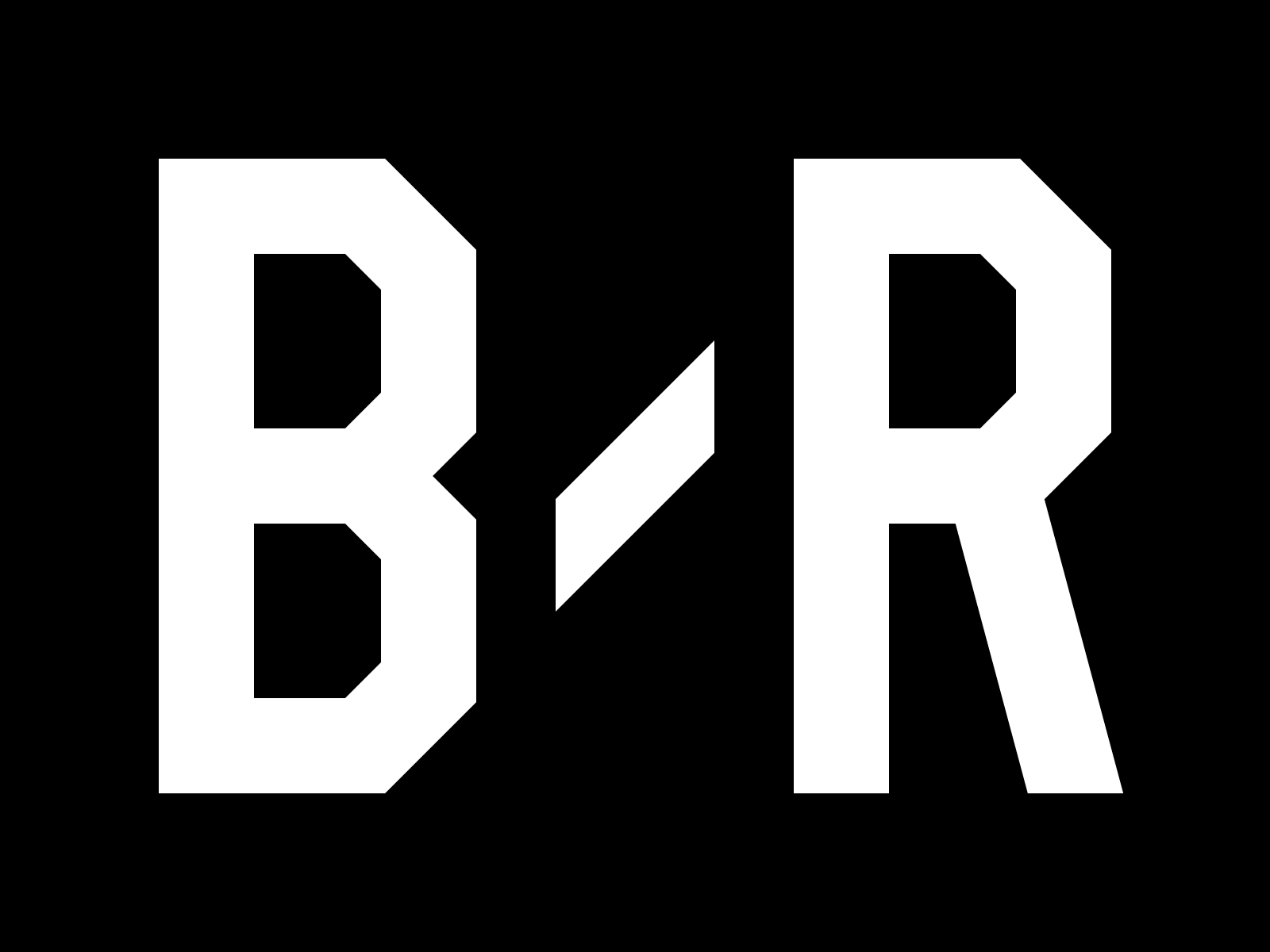On Thursday, the NFL will conduct its supplemental draft, where six talented but troubled athletes will try to put their checkered pasts behind them and fulfill their dreams of playing in the National Football League.
However, for many casual fans the supplemental draft remains something of a mystery. What is it? When did it start? What are the rules? Most importantly, has it ever produced any players of note, or is it just a scrap heap of malcontents who couldn't stay out of trouble?
The supplemental draft was instituted by the NFL in 1977 as a method of entry into the league for players who were not in the regular draft.
Running back Al Hunter was the first player selected, taken by the Seattle Seahawks with a fourth-round pick in that inaugural year. He played four years in the NFL, rushing for 715 yards in his career.
Until 1990, only those who had either graduated or exhausted their collegiate eligibility were allowed in the supplemental draft. However, since 1993, players who are unable to attend college (usually for disciplinary reasons) have been allowed to participate, a category that most of 2013's entrants (and many in recent years) fall under.
The draft is conducted in a different manner than the NFL draft. Teams who wish to acquire a player submit a "bid" corresponding to a pick in the following year's NFL draft.
For example, if a team bids a third-round pick this year and "wins" that player, then that team forfeits their third-round pick in the 2014 NFL draft.
It's when two teams bid the same pick on a player that things can get weird.
It used to be that the supplemental draft order was the same as the NFL draft order, and that was the tiebreaker. If a team had the worst record in the NFL then they could, in theory, have their choice of anyone in the supplemental draft pool.
Then along came Bernie Kosar.
The University of Miami quarterback, who helped lead the Hurricanes to a national championship in 1982, made no secret of his desire to play for the hometown Cleveland Browns. The Browns, in turn, badly needed a quarterback.
The Buffalo Bills held the first pick in both drafts that year. However, the Bills had no need for a quarterback, as they held the rights to Jim Kelly, who was playing in the soon-to-be defunct USFL.
So, as Mary Schmitt Boyer of The Cleveland Plain Dealer recounted back in 2011, Kosar and the Browns devised a plan.
First, the Browns acquired the first pick in the supplemental draft from Buffalo. Then, Kosar intentionally didn't submit the paperwork that would make him eligible for the regular draft, stalling and then declaring for the supplemental draft.
The New York Giants, who had interest in Kosar, and Minnesota Vikings, who traded up to second in the regular draft in an effort to land Kosar, were outraged. The Houston Oilers, whom the Vikings traded with, threatened to sue the NFL if Kosar was allowed to circumvent the system in this manner.
Commissioner Pete Rozelle conducted a hearing, but there was effectively nothing he could do. No rules had been broken, just bent into a pretzel that landed Kosar in Northern Ohio.
It wasn't the last time that a player "gamed" the system. Linebacker Brian Bosworth did the same thing in 1987, ducking the Indianapolis Colts and Buffalo Bills before landing the richest rookie contract in NFL history with the Seattle Seahawks after the supplemental draft.
That contract? Ten years, $11 million. My, how times have changed.
So have the rules for the supplemental draft.
Now, teams are placed in three groups (six wins or fewer, more than six wins, playoff teams). A lottery is then held to determine the order in each group.
Most of the players taken in the supplemental draft barely make a ripple in the NFL, but there have been some exceptions.
Cris Carter was a fourth-round pick of the Philadelphia Eagles in 1987. Carter butted heads with head coach Buddy Ryan and was released after three seasons, but he went on to reel in more than 1,000 passes in a Hall of Fame career with the Minnesota Vikings.
Carter, Kosar, wide receiver Rob Moore (1990) and defensive tackle Jamal Williams (1998) all were named to the Pro Bowl after starting their NFL careers via the supplemental draft.
Linebacker Ahmad Brooks was an All-Pro for the San Francisco 49ers in 2012, but his NFL career began as a supplemental draft pick for the Cincinnati Bengals in 2006.
Just last year the Browns appeared to have once again found a gem via the supplemental draft in wide receiver Josh Gordon. Gordon showed flashes of considerable talent after being taken in the second round of the 2012 supplemental draft.
However, Gordon's substance abuse issues appear to have followed him to the NFL, and his two-game suspension to begin the 2013 season underscores the risk involved in today's supplemental draft picks.
Not only do most of the players in the supplemental pool nowadays carry with them a lot of baggage, but the new collective bargaining agreement and rookie pay scale has made draft picks much more valuable, especially high ones.
For that reason it wouldn't be at all surprising to see none of this year's players drafted, and, if so, it will likely be with a fifth-round pick or later.
However, there's always a chance that one team will see something the rest do not, such as when the Oakland Raiders surprisingly used a third-round pick on disgraced Ohio State quarterback Terrelle Pryor in 2011.
That's part of the fun of the supplemental draft. You never know what might happen.
But at least now you know why it happens the way it does.







Read 0 Comments
Download the app for comments Get the B/R app to join the conversation